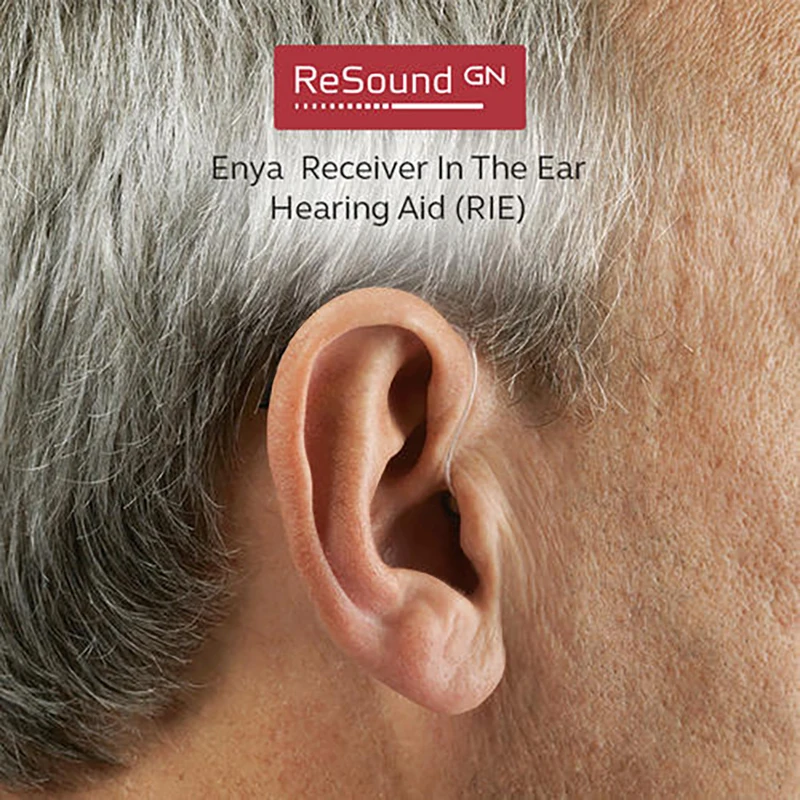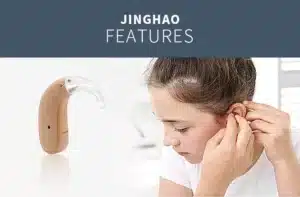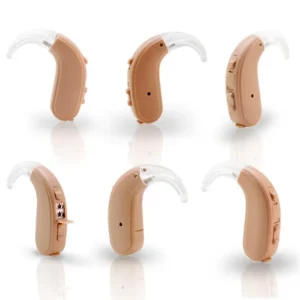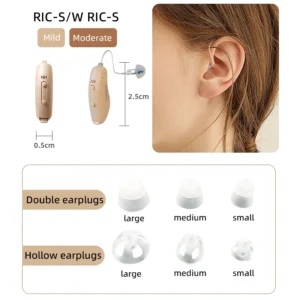
Ear protection refers to devices or measures used to safeguard one’s hearing from excessive noise levels. These protections come in various forms, including earplugs and earmuffs, designed to reduce the intensity of sound entering the ears. They are essential in environments where loud noises are prevalent, such as construction sites, manufacturing facilities, concerts, shooting ranges, and even some recreational activities like motorsports.
Using ear protection is crucial because prolonged exposure to loud noises can lead to hearing loss or other auditory problems. It’s essential to choose the right type of protection device based on the noise levels and the duration of exposure. Additionally, proper fitting and maintenance of ear protection devices are important to ensure their effectiveness.

There are several ways to protect the ears from damage due to loud noises or other hazards:
1. **Earplugs**: These are small inserts that fit into the ear canal to block or reduce the intensity of sound. They come in disposable foam, reusable silicone, or custom-molded varieties. Foam earplugs are often used in workplaces, concerts, and other noisy environments, while silicone or custom-molded earplugs offer a more tailored fit for comfort and effectiveness.
2. Earmuffs: Earmuffs are cups lined with sound-absorbing material that cover the entire outer ear. They create a seal around the ear to block out or reduce noise levels. Earmuffs are commonly used in industrial settings, construction sites, and shooting ranges.
3. Noise-canceling headphones*: These headphones use active noise-canceling technology to reduce ambient noise by producing sound waves that cancel out incoming noise. While they are primarily used for listening to music or other audio in noisy environments, they can also provide some level of hearing organ protection.
4. Limiting exposure: Avoiding or minimizing exposure to loud noises is another important way to protect the ears. This may involve staying away from noisy environments, reducing the volume of audio devices, or taking breaks from loud activities.
5. Using protective gear: In addition to earplugs and earmuffs, other types of protective gear can help shield the ears from harm. For example, helmets with built-in ear protection are commonly used in certain sports like motorcycling and snowboarding.
6. Maintaining ear health: Keeping the ears clean and healthy can also help protect against damage. This includes avoiding inserting objects into the ear canal, getting regular check-ups with a healthcare professional, and treating any ear infections promptly.
7. Customized solutions: In some cases, custom-made hearing organ protection device may be necessary, especially for individuals with specific needs or conditions. This could involve having earplugs or earmuffs specially fitted by an audiologist or hearing specialist.
By incorporating these strategies, individuals can effectively protect their ears and reduce the risk of hearing loss or other auditory problems associated with exposure to loud noises.
Ear protection devices are specifically designed tools or equipment used to safeguard the ears from excessive noise levels. Here are some common types of ear protection devices:
1. **Earplugs**: These are small inserts made of foam, silicone, or other materials that are inserted into the ear canal to block or reduce the intensity of sound. They come in disposable or reusable varieties and are widely used in workplaces, concerts, and recreational activities.
2. **Earmuffs**: Earmuffs consist of cushioned cups that cover the entire outer ear and create a seal to block out or reduce noise levels. They are often adjustable for a comfortable fit and are commonly used in industrial settings, construction sites, and shooting ranges.
3. **Noise-canceling headphones**: While primarily used for listening to music or other audio in noisy environments, noise-canceling headphones can also provide some level of ear protection by reducing ambient noise using active noise-canceling technology.
4. **Electronic earplugs**: These are earplugs equipped with electronic components that allow users to control the level of sound entering their ears. They can amplify quiet sounds while reducing the intensity of loud noises, providing both protection and situational awareness.
5. **Custom-molded earplugs**: Custom-molded earplugs are individually fitted to the shape of the user’s ear canal for maximum comfort and effectiveness. They are typically made by taking impressions of the ear canal and then manufacturing the earplugs to match those impressions.
6. **Helmet-mounted ear protection**: Some helmets, particularly those used in sports like motorcycling and snowboarding, feature built-in ear protection to shield the ears from wind noise and other environmental hazards.
7. **Communication earpieces**: These are earpieces equipped with microphones and speakers that allow for clear communication in noisy environments while still providing ear protection. They are commonly used by workers in industries such as construction, manufacturing, and law enforcement.
These hearing organ protection devices come in various shapes, sizes, and designs to suit different needs and preferences. Choosing the right ear protection device depends on factors such as the level of noise exposure, comfort, durability, and specific requirements of the user’s environment.

While there isn’t direct evidence that specific foods can protect the ears from damage, maintaining overall good health and consuming a balanced diet rich in certain nutrients may indirectly support ear health. Here are some nutrients and foods that are thought to promote overall health, including potential benefits for the ears:
1. **Omega-3 fatty acids**: Found in fatty fish like salmon, mackerel, and sardines, as well as in flaxseeds, chia seeds, and walnuts, omega-3 fatty acids have anti-inflammatory properties that may support overall cardiovascular health. Some research suggests that omega-3s may help protect against age-related hearing loss by improving blood flow to the inner ear.
2. **Antioxidants**: Antioxidants such as vitamin C, vitamin E, and beta-carotene can help protect cells from damage caused by free radicals, which can contribute to age-related hearing loss. Foods rich in antioxidants include berries, citrus fruits, nuts, seeds, and leafy green vegetables.
3. **Zinc**: Zinc is involved in numerous cellular processes, including those related to hearing. Some studies suggest that zinc supplementation may help reduce the risk of age-related hearing loss. Foods high in zinc include oysters, beef, chicken, beans, nuts, and whole grains.
4. **Magnesium**: Magnesium plays a role in regulating blood flow and protecting against oxidative stress in the inner ear. Some research suggests that magnesium supplementation may help prevent noise-induced hearing loss. Foods rich in magnesium include leafy green vegetables, nuts, seeds, whole grains, and legumes.
5. **Folate (vitamin B9)**: Folate is important for DNA synthesis and repair, and deficiencies in folate have been linked to increased risk of age-related hearing loss. Foods high in folate include leafy green vegetables, legumes, citrus fruits, and fortified grains.
6. **Vitamin B12**: Vitamin B12 is essential for the formation of red blood cells and the maintenance of nerve cells, including those in the inner ear. Deficiencies in vitamin B12 have been associated with hearing loss, so including sources such as meat, fish, eggs, and dairy products in the diet is important, particularly for vegetarians and vegans who may have limited dietary intake of B12.
7. **Water**: Staying hydrated is important for overall health, including the health of the ears. Dehydration can affect the viscosity of the fluid in the inner hearing organ, potentially impacting hearing function. It’s essential to drink an adequate amount of water throughout the day to maintain proper hydration.
While these nutrients and foods may support overall health and potentially contribute to ear health, it’s important to note that they are not a substitute for ear protection in noisy environments or proper medical care for hearing-related issues. If you have concerns about your hearing or ear health, consult with a healthcare professional for personalized advice and guidance.

As we age, the cells in our ears, particularly those in the inner ear, can undergo changes that may affect hearing ability. The inner ear contains tiny hair cells called stereocilia, which are responsible for converting sound vibrations into electrical signals that are then sent to the brain via the auditory nerve. These hair cells are crucial for hearing, and damage to them can result in hearing loss.
Age-related changes in the inner ear can include:
1. **Degeneration of hair cells**: Over time, the hair cells in the inner ear can become damaged or degenerate, particularly in the cochlea, which is the part of the inner hearing organ responsible for detecting sound. This can lead to a decline in hearing sensitivity, especially for high-frequency sounds.
2. **Loss of auditory nerve fibers**: The auditory nerve, which carries electrical signals from the hair cells to the brain, can also undergo changes with age. This may involve a loss of nerve fibers or a decrease in the efficiency of signal transmission, which can contribute to age-related hearing loss.
3. **Changes in the structure of the cochlea**: Age-related changes in the structure of the cochlea, such as stiffening of the basilar membrane or alterations in the fluid-filled compartments, can affect the ability of the inner ear to detect and transmit sound signals effectively.
4. **Reduced blood flow to the inner ear**: Blood flow to the inner ear may decrease with age, which can impair the delivery of oxygen and nutrients to the hair cells and other structures in the inner ear, potentially contributing to hearing loss.
These age-related changes in the inner ear can result in presbycusis, which is the medical term for age-related hearing loss. Presbycusis typically affects both ears and is characterized by a gradual decline in hearing sensitivity, particularly for high-frequency sounds. It is one of the most common types of hearing loss among older adults.
While age-related changes in the inner ear are a natural part of the aging process, there are steps that individuals can take to protect their hearing and minimize the impact of age-related hearing loss. This includes avoiding exposure to loud noises, using ear protection in noisy environments, maintaining overall good health through regular exercise and a balanced diet, and seeking prompt treatment for any hearing-related issues. Additionally, hearing aids and other assistive devices can help improve hearing and quality of life for individuals with age-related hearing loss.
When it comes to shooting ear protection, there are a few key options to consider:
When choosing ear protection, consider factors like comfort, effectiveness, and whether you need communication capabilities. For optimal protection, many shooters use a combination of earmuffs and earplugs.
For shooting, protecting your ears is crucial to prevent hearing damage from loud gunfire. Here’s a breakdown of the best options for ear protection:
Using high-quality ear protection will help safeguard your hearing and ensure a more enjoyable shooting experience.
Bluetooth ear protection combines hearing protection with wireless connectivity, allowing you to stream music, take calls, or communicate while keeping your ears safe from loud noises. Here are some top considerations and options for Bluetooth ear protection:
Bluetooth ear protection is a great way to combine safety with modern convenience, enhancing both your shooting experience and everyday communication needs.
How to Manage Tinnitus at Home: If tinnitus is mostly noticed in quiet situations, first you should try using a white noise machine to mask the noise. If you don’t have a white noise machine, a fan, soft music or low-volumed static radio will help.




How do you deal with tinnitus? If tinnitus is mostly noticeable in quiet situations, try using a white noise machine to mask the noise from tinnitus. If you don’t have a white noise machine, a fan, soft music or low-volume radio static also may help.